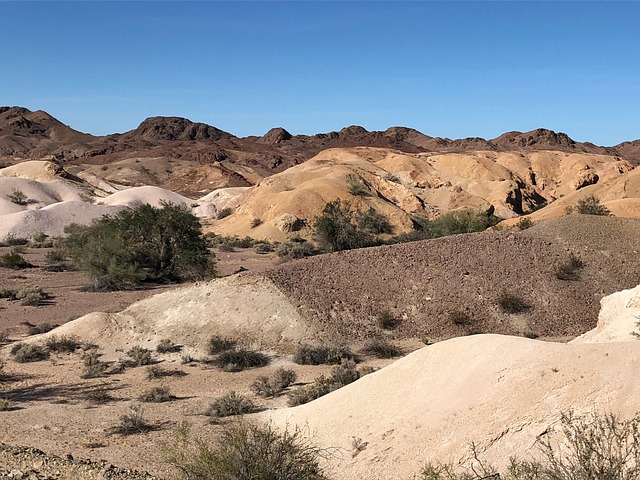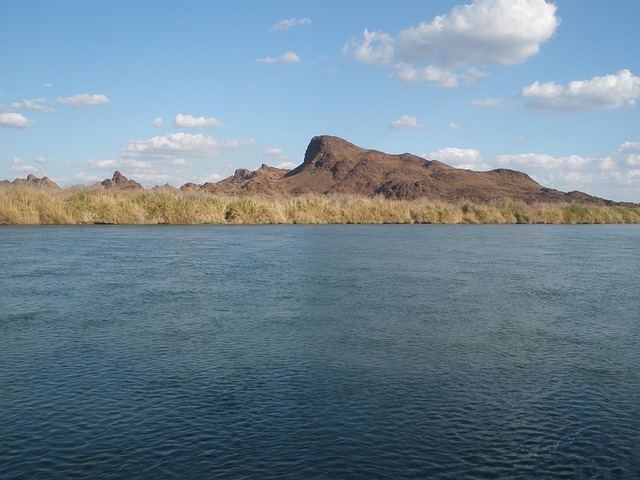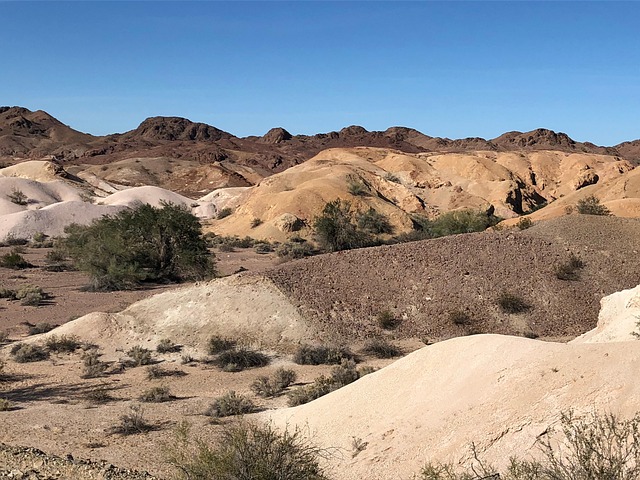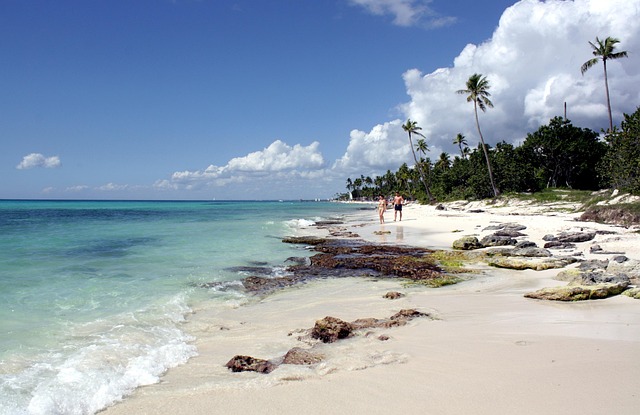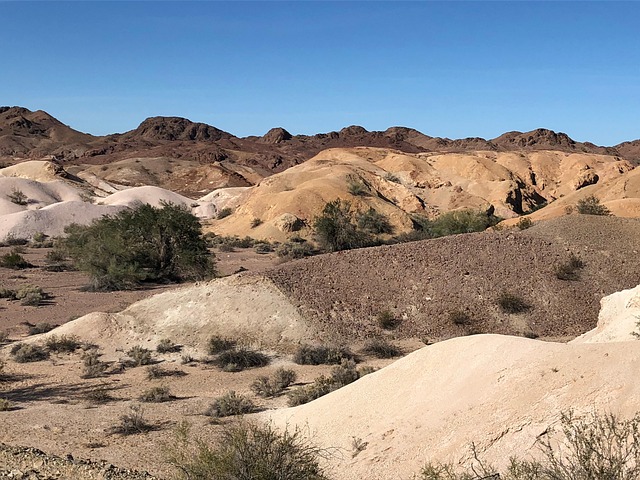Desert cities worldwide are experiencing a cultural renaissance as developers integrate traditional heritage into modern real estate projects. By blending ancient rituals, contemporary performances, and stunning landscapes with eco-friendly designs and mixed-use spaces, these cities create vibrant cultural hubs that attract tourists seeking authentic experiences. Local artisans thrive in immersive environments, preserving crafts while offering luxurious living. This unique fusion of culture and real estate enhances the urban landscape, fostering community pride and economic growth, making desert destinations desirable for both residents and visitors.
“Uncover the captivating synergy between vibrant cultural events and desert climates in today’s real estate landscape. This article explores how desert cities are transforming into dynamic hubs, blending traditional culture with modern developments. From unique festivals to innovative urban planning, discover how real estate trends are shaping captivating cultural landscapes that attract diverse audiences and foster immersive experiences. Dive into this exploration of where art, community, and real estate collide.”
The Allure of Desert Cultural Events: A Unique Experience
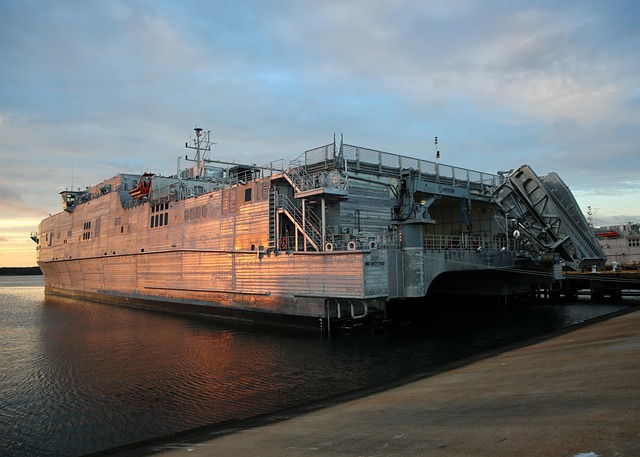
The allure of desert cultural events lies in their ability to transport attendees to a world where traditions intertwine with the stark, beautiful landscape. In contrast to bustling city life, these events offer a serene yet vibrant escape for real estate professionals and locals alike. Imagine dancing under the starlit sky, immersed in ancient rituals and contemporary performances, all while surrounded by the region’s iconic sand dunes and rugged beauty. This unique blend of culture and environment creates an unforgettable experience that resonates long after the event ends.
Desert cultural festivals also serve as a testament to the resilience and creativity of communities thriving in challenging climates. Through these celebrations, locals showcase their rich heritage, fostering a sense of pride and connection to their land. For visitors, it’s an opportunity to explore diverse cultures, learn about sustainable living practices, and gain a deeper understanding of the region’s history. This attracts tourists seeking authentic experiences beyond the typical real estate offerings of any given location, enriching both the cultural fabric and economic landscape of these desert cities.
– Exploring the fusion of traditional culture and modern real estate developments in desert cities.
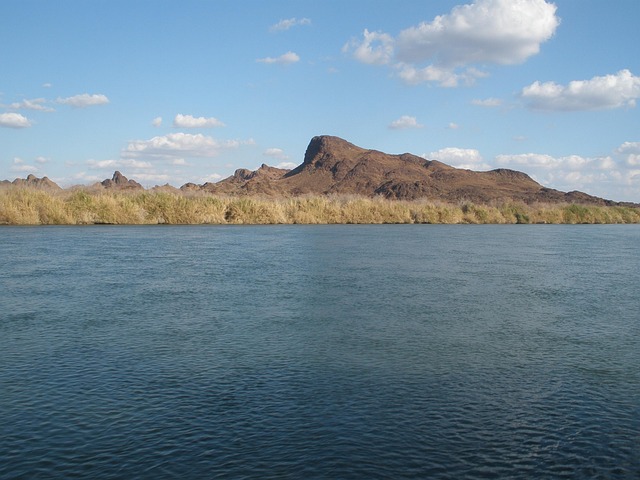
In many desert cities, a fascinating interplay between traditional culture and modern real estate developments is taking shape. As urban areas expand, developers are increasingly incorporating elements that reflect the region’s heritage into their projects. This fusion not only adds character to the cities’ landscapes but also attracts tourists interested in authentic cultural experiences. Local artisans, architects, and designers play a vital role in this process, ensuring that traditional crafts and aesthetics remain vibrant and relevant in contemporary settings.
Real estate in these regions offers more than just luxurious living; it provides opportunities for residents and visitors alike to immerse themselves in a rich tapestry of history and tradition. Modern amenities meet ancient wisdom, creating an environment where the past is celebrated while the future is embraced. This unique blend has become a key selling point for desert cities, positioning them as destinations that merge the old with the new in harmoniously designed spaces.
Real Estate Trends Shaping Desert Cultural Landscapes
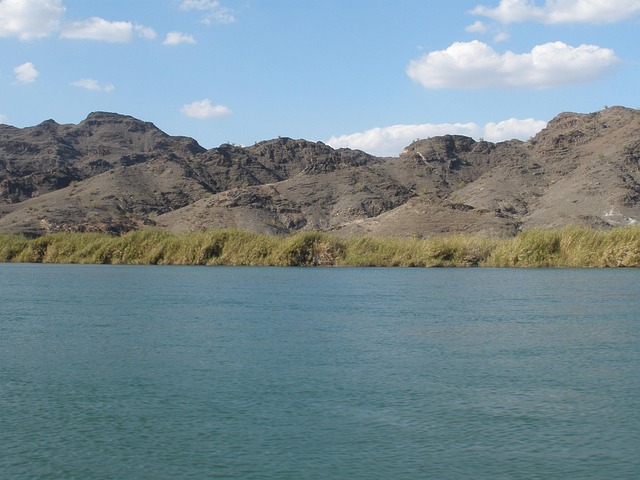
In the heart of desert climates, real estate trends are playing a pivotal role in shaping vibrant cultural landscapes. As urban centers expand, developers and architects are embracing innovative designs tailored to the unique challenges and opportunities presented by arid environments. Sustainable practices have become a key focus, with eco-friendly buildings and green spaces emerging as defining features of modern desert cities. These developments not only mitigate environmental impacts but also create communal hubs that foster cultural exchange and artistic expression.
The real estate landscape in these regions is also witnessing a surge in the popularity of mixed-use projects. These integrated communities combine residential, commercial, and recreational areas, encouraging walkability and fostering a sense of belonging among residents. Such trends are revitalizing urban spaces, attracting diverse populations, and enriching the cultural tapestry through art installations, festivals, and community events—all while ensuring that the region’s distinctive desert aesthetics remain celebrated and preserved.
